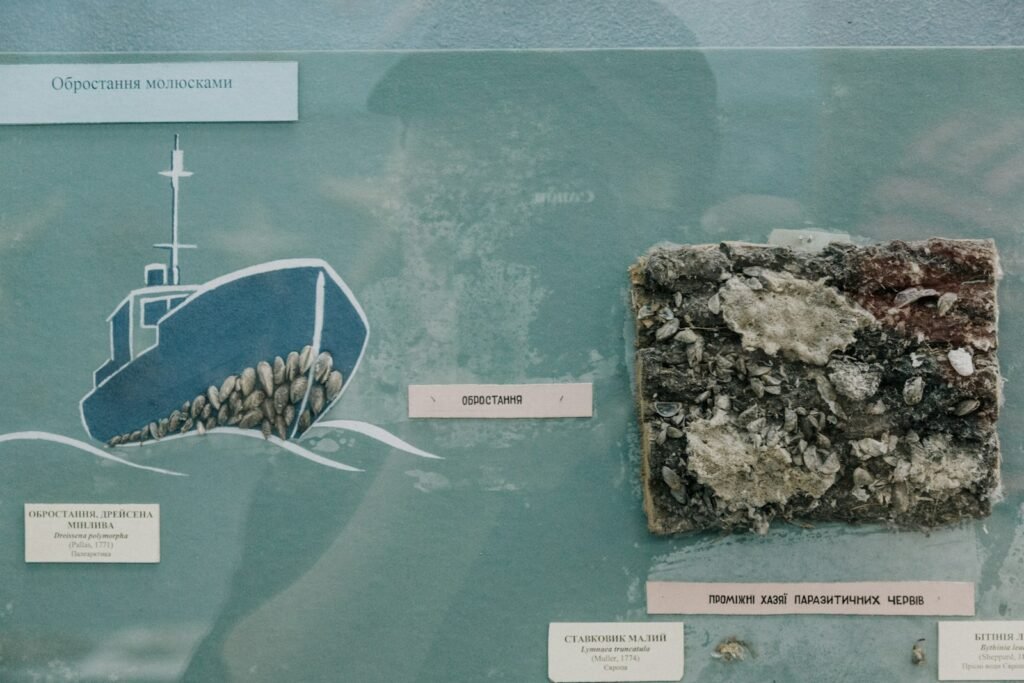Every so often, Earth’s magnetic field wobbles, falters, and – on rare occasions – flips. We don’t feel it in our bones, but rocks, sediments, and even ancient microbes quietly record the drama. In the last decade, scientists have learned to read those records at astonishingly fine scales, uncovering episodes of chaos that standard measurements once smoothed away. The new storytellers are magnetic fossils: crystal chains forged by bacteria that align to the field like compass needles and then freeze that signal in place. Their whispers point to sudden swings, weak spells, and near-misses that reshape how we imagine the planet’s protective shield. The plot twist is simple but profound: Earth’s deep-time memory was always there – we just needed the right tools to hear it.
The Hidden Clues

Magnetic fossils, or magnetofossils, are tiny mineral grains crafted by living bacteria that navigate using Earth’s magnetic field. As these microbes die and become part of sediments, their iron-rich crystals lock in the local magnetic direction and strength. Unlike coarse rock fragments that average signals over long stretches, these nanoscale crystals behave like precise, single-domain recorders.
That precision is the breakthrough. When cores are pulled from lake beds or deep-sea mud, layers laid down year after year can be read like lines in a diary. Magnetofossils reveal short jolts and lulls – blips that hint at rapid field changes during excursions and failed flips that previously went unnoticed.
From Ancient Tools to Modern Science
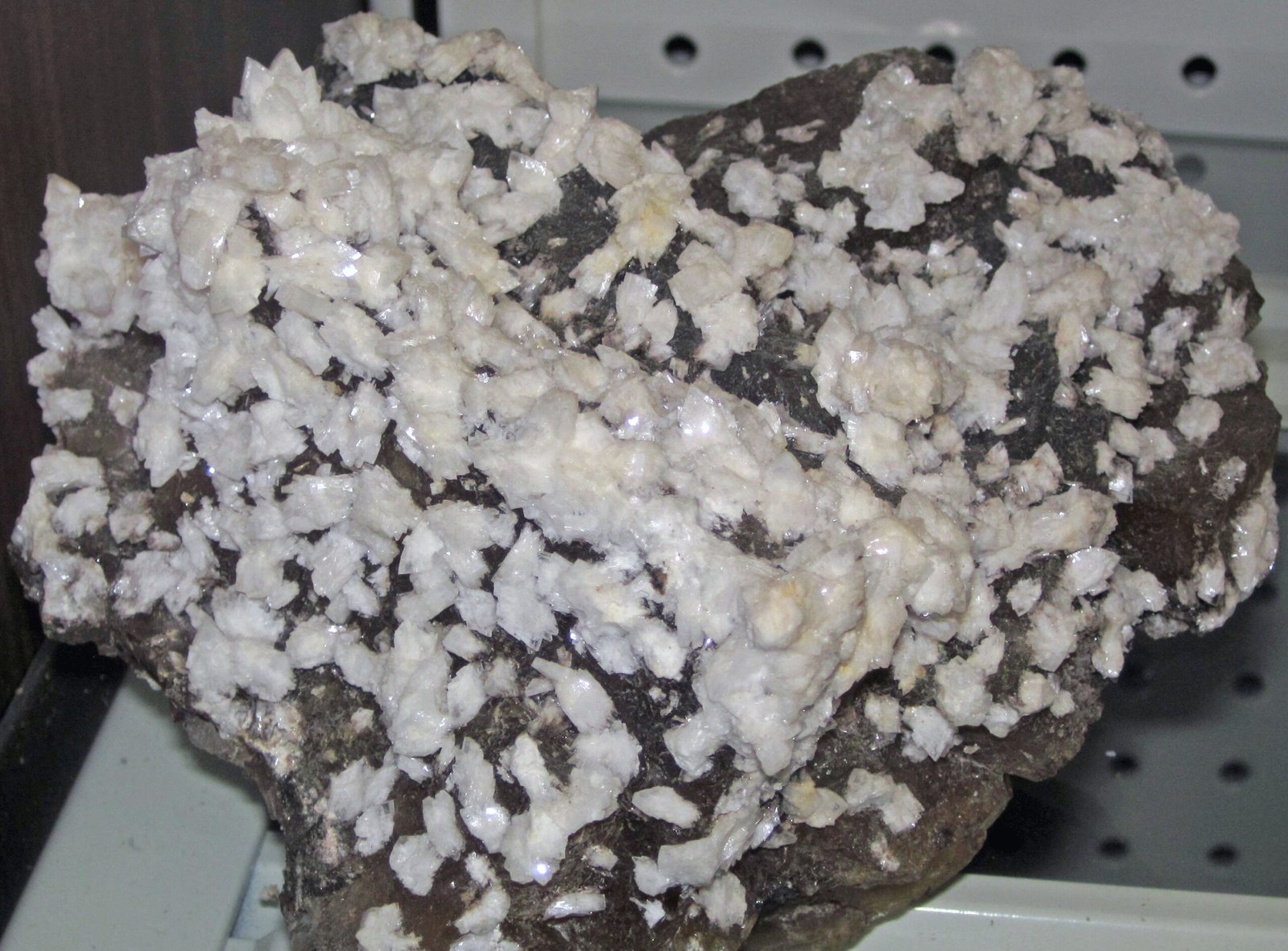
Paleomagnetism began with lava flows and baked clays, which cool through critical temperatures and lock in directions of the magnetic field. Those archives are powerful, but they’re patchy in time, and the cooling window can smear fast events. Sediments add continuity, yet their signals can be mixed by burrowing life or gentle currents.
Enter modern magnetometry and micro-imaging, which separate the voices in that crowded choir. Techniques now isolate signals from single grains, map magnetic fields across a slice of rock, and identify the unique fingerprints of magnetofossils. The result is a timeline with sharper contours, where decades and centuries, not just millennia, start to come into focus.
Reading Stone Like a Tape Recorder
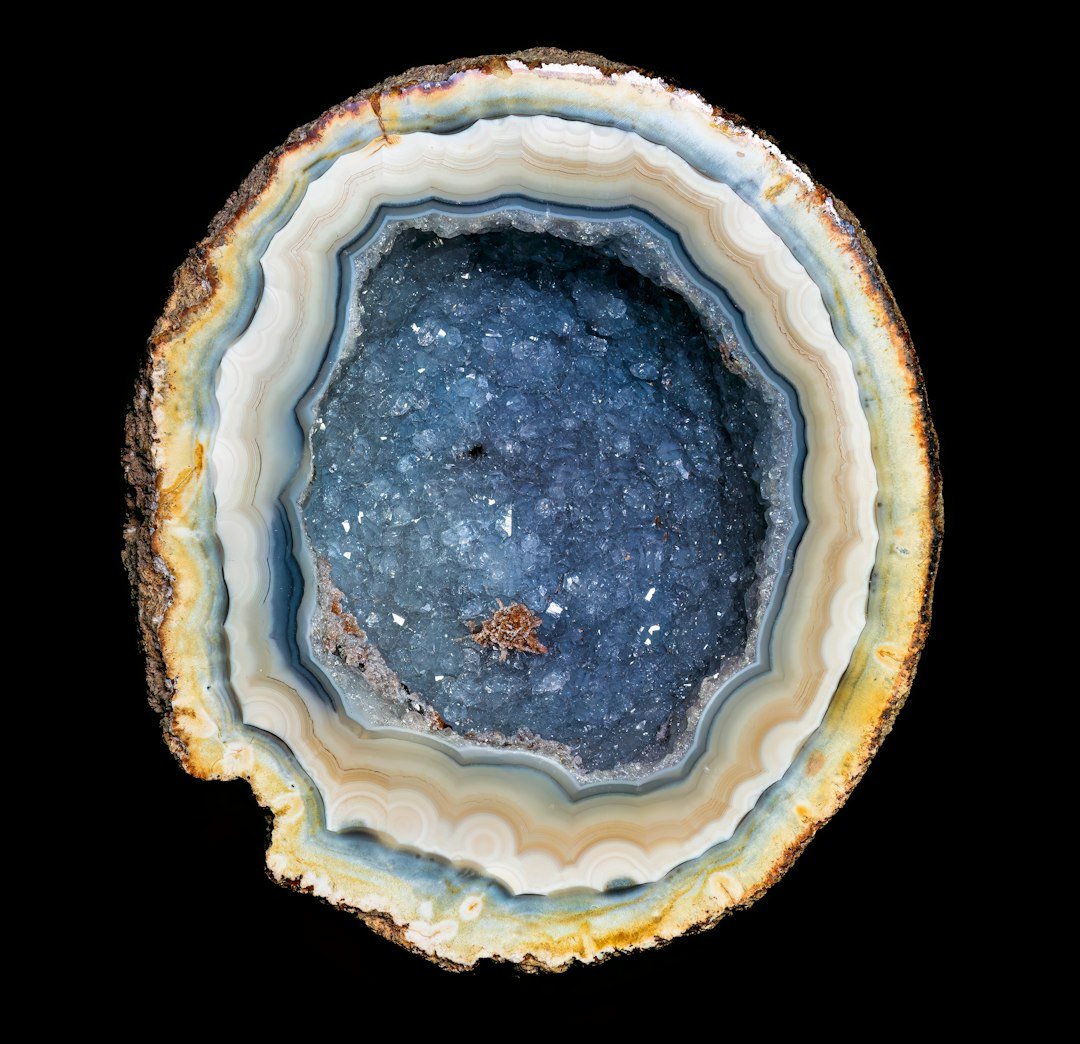
Think of an old cassette: press play, and the soundtrack rolls past the head in order. In sediments, time flows downward, layer by layer, and magnetofossils provide the track. Researchers match peaks and dips in direction and intensity to build continuous records that bridge oceans and continents.
Some of the most revealing sequences come from varved lakes and fast-accumulating marine muds, where annual to decadal resolution is possible. In those archives, spikes and stutters trace episodes when the field weakened dramatically or nudged toward reversal. The story is no longer a blur – it’s a beat-by-beat rhythm of a restless geodynamo.
A Field That Breathes and Falters
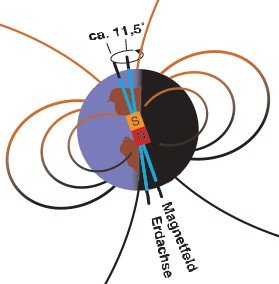
Earth’s magnetic field is not static; it drifts, strengthens, and weakens because of churning liquid iron in the outer core. Full flips, known as reversals, are rare on human timescales, while shorter disturbances – excursions – are more frequent and sometimes surprisingly brisk. Magnetofossil records suggest that directional lurches can unfold on the scale of decades to centuries during these episodes.
For context worth keeping in your back pocket:
- The last full reversal occurred roughly about seven hundred eighty thousand years ago.
- Short-lived excursions, including one around forty-one thousand years ago, show the field can sag to a small fraction of its usual strength.
- Since the nineteenth century, the global dipole has declined by roughly about one tenth.
These aren’t apocalyptic signals, but they are unmistakable signs of a field that breathes – and occasionally wheezes.
How Scientists Decode Magnetofossils
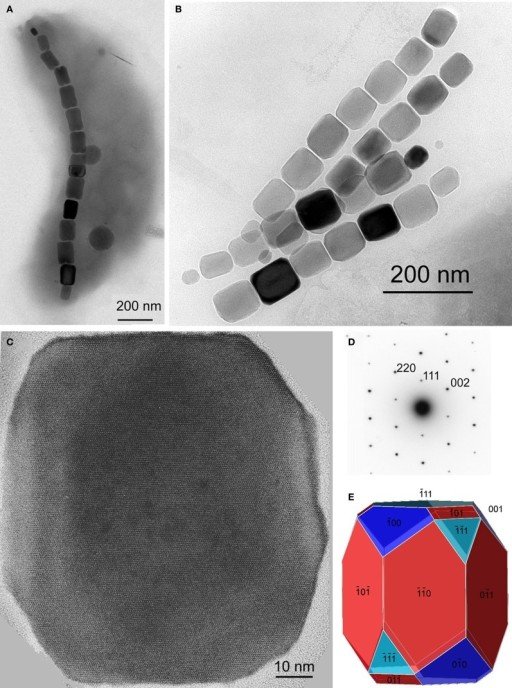
Identifying magnetofossils starts with their distinctive sizes and shapes, which reflect careful biological craftsmanship. Chains of uniformly tiny crystals behave like tidy compass needles, leaving a clear, single-domain signature in laboratory tests. Advanced measurements tease out those signatures from the surrounding noise, separating biological grains from detrital iron minerals or volcanic ash.
Once isolated, the grains become time capsules. High-resolution scans map the field they carry; paired dating techniques tie that signal to an age with steadily shrinking uncertainty. I still remember the first time I held a core section and watched a lab display paint its magnetic micro-map – it felt like reading a postcard sent from the bottom of a lake, stamped by an ancient storm in Earth’s core.
Why It Matters
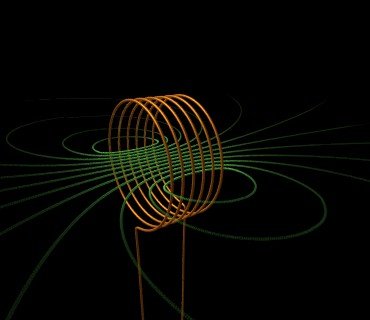
Magnetofossils deepen the timeline with finer brushstrokes, which changes the questions we can ask. Classic lava-flow studies show when reversals happened; fossil-level records help tell how fast, how patchy, and how often the field stuttered on the way there. That matters for models of the geodynamo, where speed and texture of change constrain how energy moves through the core.
It also matters for life and technology. A weaker field lets in more energetic particles, nudging climate chemistry at high altitudes and tugging at the reliability of satellites. While society won’t witness a sudden overnight flip, knowing the tempo of change helps engineers plan for radiation spikes and helps ecologists probe how magnetically sensitive animals cope when compass cues fray.
Global Perspectives
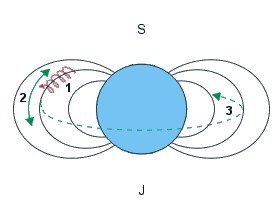
No single core can tell a global story, so scientists stitch together records from oceans, lakes, and caves across hemispheres. When signals align – say, a sharp dip in field strength appears in both the North Atlantic and the South Pacific – the pattern points to a planetary-scale event rather than a local quirk. Differences between sites, on the other hand, reveal how the field’s lobes shift and warp in space as well as time.
This cross-checking culture has another payoff: it keeps the community honest. If one record hints at a lightning-fast lurch, others test the claim with independent data and dating. Over time, the composite view grows sturdier, and the map of Earth’s magnetic past becomes less like a rumor and more like a verified logbook.
The Future Landscape
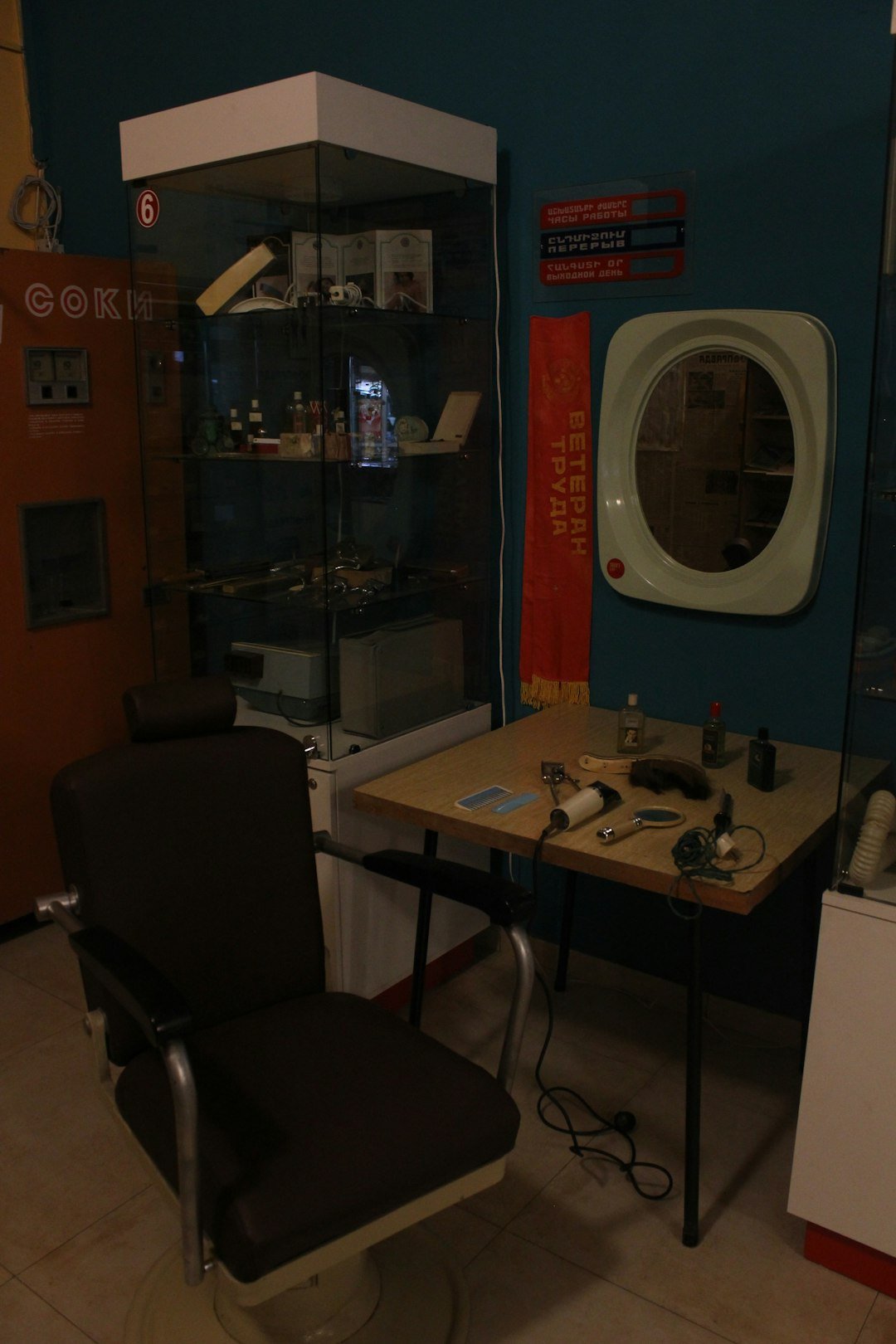
Tomorrow’s breakthroughs are arriving from both ends: sharper tools and denser sampling. Imaging methods that scan magnetic fields at microscopic scales are pairing with clean-room sample handling to preserve delicate signals. Machine-learning routines are beginning to classify grain types and unravel overlapping magnetic histories that once took months to parse by hand.
On the horizon, more continuous cores from key regions – especially where sediments build fast – will push resolution toward human timescales across wider swaths of the past. Improved dating in cave carbonates and volcanic ash layers will lock those signals to calendars with fewer gaps. Together, these advances promise a clearer answer to the headline question: how quickly can Earth’s field pivot when it decides to change course?
From Curiosity to Consequence
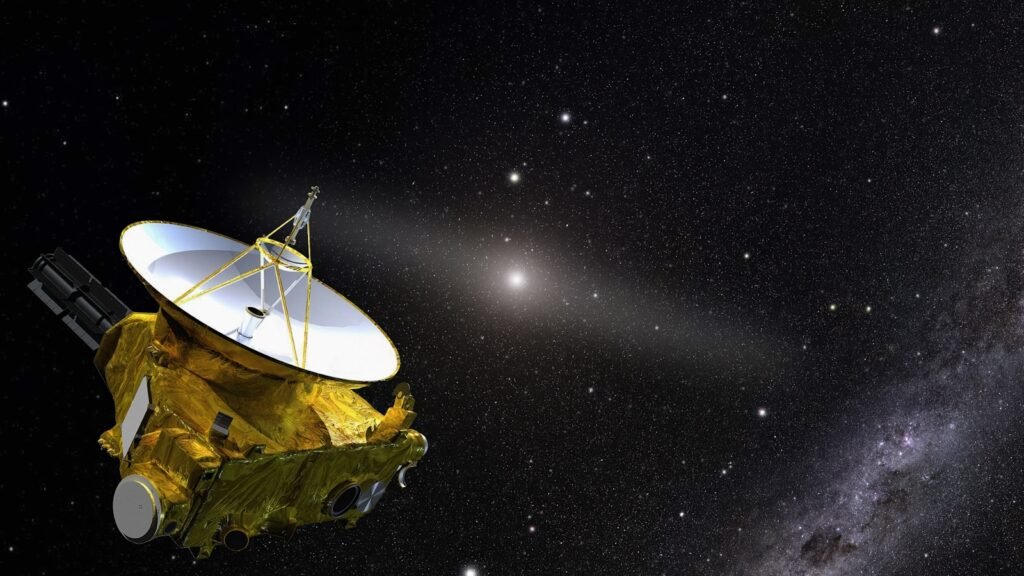
What began as a curious note in rocks now touches power grids, airlines, and spacecraft. Understanding the pulse of the magnetic field helps operators anticipate storms from above and design systems that can ride out radiation surges. It also feeds into climate and atmospheric chemistry studies, where changes in high-altitude ionization can ripple subtly through ozone and auroral dynamics.
There’s a biological thread too. Many animals – from sea turtles to migratory birds – sense magnetic cues; magnetofossil-informed timelines offer a way to test how these navigators fare when the sky’s compass wobbles. In each case, the better we resolve the past, the less surprised we’ll be by the future.
Conclusion
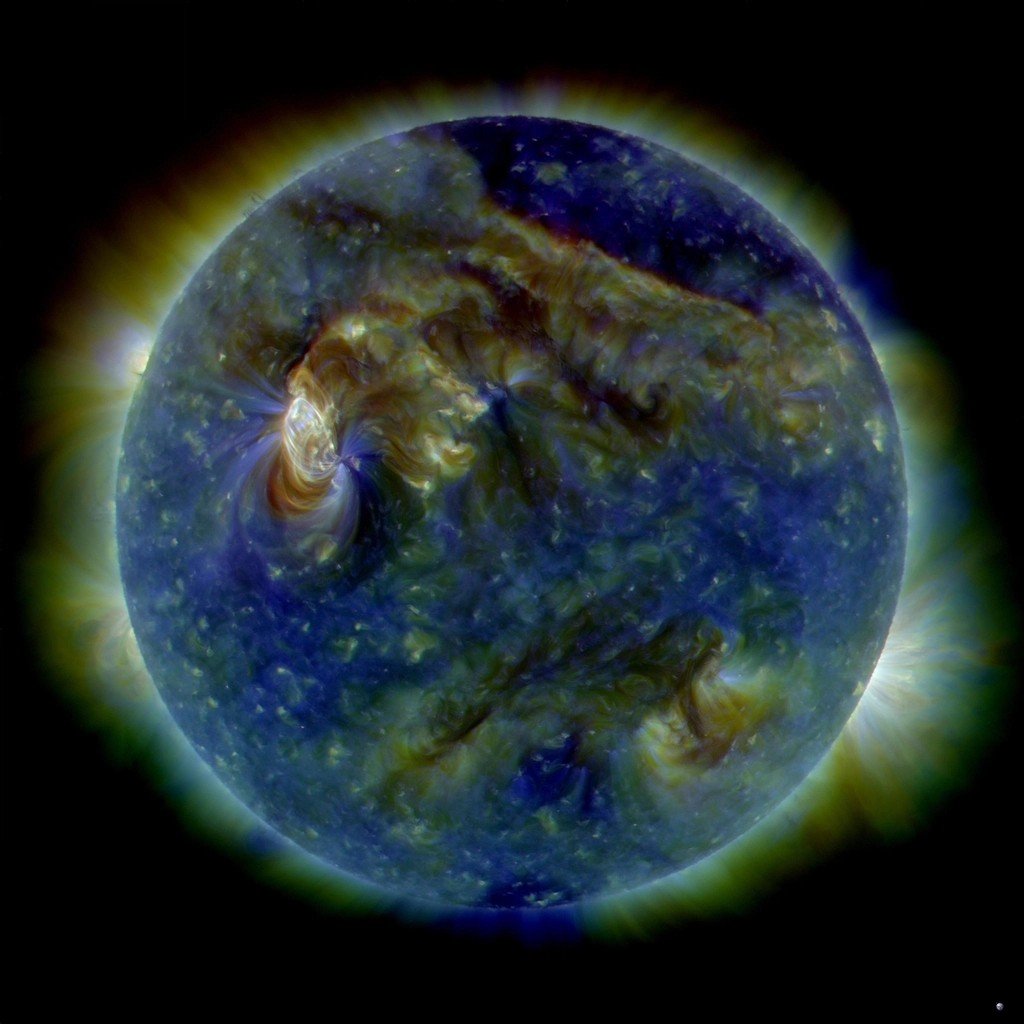
You don’t need a magnetometer to make a difference. Support scientific drilling and core repositories that provide open access to samples and data, because many of the biggest discoveries begin with someone reanalyzing an overlooked layer. Follow space-weather alerts and share them with your community; awareness helps protect flights, satellites, and even high-voltage infrastructure.
If you’re an educator or a parent, bring magnetic experiments into classrooms to demystify the field that shields our world. Back initiatives that preserve lakes, caves, and coastal sediments – the natural libraries where our planet’s magnetic memory is stored. Pay attention to news from geomagnetism research groups, and when public comment opens for funding priorities, speak up for the science that reads Earth’s hidden flips.

Suhail Ahmed is a passionate digital professional and nature enthusiast with over 8 years of experience in content strategy, SEO, web development, and digital operations. Alongside his freelance journey, Suhail actively contributes to nature and wildlife platforms like Discover Wildlife, where he channels his curiosity for the planet into engaging, educational storytelling.
With a strong background in managing digital ecosystems — from ecommerce stores and WordPress websites to social media and automation — Suhail merges technical precision with creative insight. His content reflects a rare balance: SEO-friendly yet deeply human, data-informed yet emotionally resonant.
Driven by a love for discovery and storytelling, Suhail believes in using digital platforms to amplify causes that matter — especially those protecting Earth’s biodiversity and inspiring sustainable living. Whether he’s managing online projects or crafting wildlife content, his goal remains the same: to inform, inspire, and leave a positive digital footprint.

